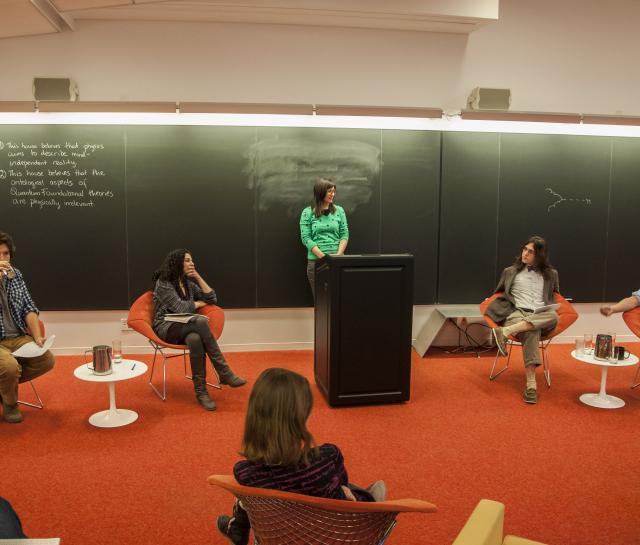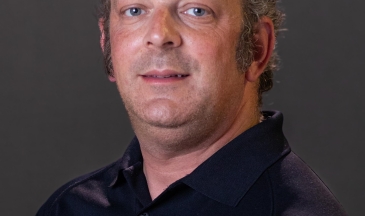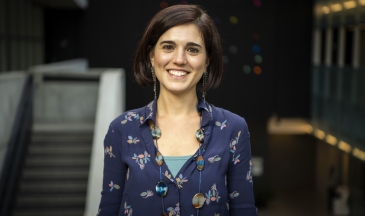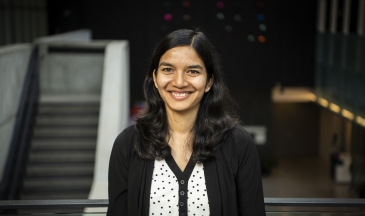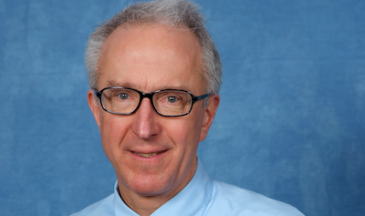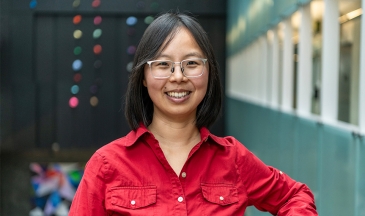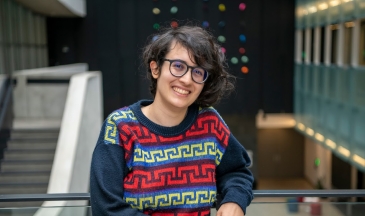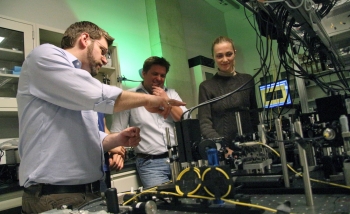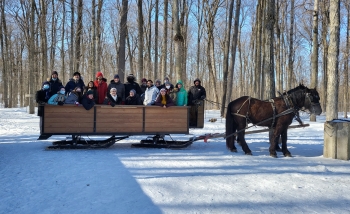Quantum foundations
Quantum theory is unparalleled in its ability to explain natural phenomena and has helped spawn a plethora of technological applications. Yet many disagreements remain about how to apply its principles. For example, how to treat gravitational phenomena, the status of superselection rules, whether there can be coherent superpositions of different causal structures, and even what counts as evidence for non-classicality. Hence, research in quantum foundations aims to better understand and apply quantum theory by exploring its conceptual and mathematical structure.
Perimeter has been the site of many important advances in the field and the Quantum Foundations group has continued to do pioneering research in the last five years. A particularly exciting development is the demonstration that insights derived from Bell’s theorem can be applied to causal inference, a branch of machine learning and statistics used by researchers from many domains including epidemiology, health science, economics, policy analysis, and genetics. Crossing disciplines, Perimeter researchers solved an important open problem — namely, to find general techniques for the case where the causal structure includes unobserved variables.
Our understanding of what counts as evidence of non-classicality has also been considerably advanced by a large body of work by Perimeter researchers on how to test the principle of generalized non-contextuality and how to certify this non-classicality experimentally. In recent years, much effort has been devoted to deriving the formalism of quantum theory from more basic axioms. This naturally leads one to consider the construction of a landscape of possible alternatives to quantum theory. A milestone result with experimental collaborators at the Institute for Quantum Computing was applying this framework to directly fitting experimental data, thereby setting a new standard for how to put bounds on possible deviations from the predictions of quantum theory.
The Quantum Foundations group currently consists of two faculty members (Lucien Hardy and Robert Spekkens), as well as six postdoctoral researchers, and five PhD students. In the past five years, former Perimeter postdocs Ryszard Kostecki, Matthew Pusey, Ana Belén Sainz, and Huangjun Zhu have all secured academic positions since leaving Perimeter. Within the Institute, quantum foundations research has benefitted especially from interactions with the quantum information and quantum gravity research areas. This is so in the former case because information theory provides a fresh and deep perspective on many foundational issues, and in the latter case, because many questions and topics are significant to researchers in both areas, such as the role of intrinsically quantum reference frames and of causal structure
Main Navigation
Quantum foundations researchers
Les profils des personnes ne sont actuellement disponibles qu'en anglais.



